|
Some of the most sought after creatures around the world for underwater photographers are Cephalopods. Not only because of their spectacular colors, but also their unique ability to change color and texture within 1/30th of a second. They can hide in plain site by blending in perfectly with their environment, more than almost any other animal. While I have encountered and photographed many Cephalopods in many seas and oceans of the world, my favorite are the Giant Pacific Octopus of the Northwest, but this was the first time I was fortunate enough to see and capture images of Cuttlefish. These curious and gorgeous creatures can grow to 20" long. They are shy and elusive, and very hard to find or photograph. They also move very quickly. Like Octo's, they can propel themselves from predators with extremely quick powerful bursts of water from their siphons. Much like Cephalopods, Lionfish too are shy animals that hide from my camera. They typically only allow for the mostly the unenviable 'fish butt shot'. On this trip though, I was able to get a few shots of Lionfish looking directly at me. A first time experience I will not soon forget. Lionfish are also very venomous, but not poisonous. Avoid touching or getting to close, but also enjoy their beauty, in the wild. Enjoy many more shots of all these amazing beautiful animals in their own environment on my 2019 Solomons Island Gallery. You can also read my Blog Post on 2019 Coral of the Solomon Islands. Also, learn more about these amazing animals, and many others, in the book by Brandon Cole: Reef Life, A Guide to Tropical Marine Life. Help us help Puget Sound. Visit the Contributions page and learn how you can support the Made In Puget Sound® organization.
0 Comments
In March I was fortunate enough to spend a few remarkable days in the very warm tropical waters off the Solomon Islands. During World War II, these islands were extremely strategic for the survival of Australia and New Zealand, and the over all war effort in the South Pacific. Today these islands are home to not only an abundance of WWII wrecks laying at the bottom of the ocean, but also many stunning and beautiful Corals. Corals can be remarkably varied and beautiful, while others may be bland and almost boring to look at. In either case, they are very important to the survival of reefs, the oceans and our planet. Corals are colonies of individual polyps, which are about 2 mm across. Many small reef fishes live near their colonies and retreat into what seem like coral branches when threatened. Environmental degradation, pollutants, warming waters, acidification and many other factors have led to dwindling populations and species of many corals. They are also susceptible to bleaching, which is a growing oceanic issue. I enjoyed viewing and shooting many coral reefs during this liveaboard trip. On the last dive of the trip, Dive Master Adam Beard (www.adambeardphotography.com) and I were exploring massive corals that were well over 20 feet across.
For this blog post I chose to feature only a few of my coral shots in the Solomons. My complete gallery of Corals can be viewed in 2019 Solomon Islands. I've not identified them by name because I am only learning their names now. Some are Table Corals, Stag Horn Corals, Mushroom Corals and many, many others. Recently, I have been learning much more about Hard or Stony Corals through the help of a most amazing book by my good friend Brandon Cole: Reef Life, A Guide to Tropical Marine Life. I will be returning to the gallery periodically naming individual corals. In the meantime, please enjoy some of my favorite images. We had a wonderful event and an excellent turn out Tuesday evening at the Marysville Opera House for my latest Presentation on Puget Sound. Thank you to all who took time to come listen about our local wildlife and learn what we can all do to help the local ecosystems of Puget Sound Underwater. The audience was engaged and fascinated by many of the animals I speak about and present. Most have never heard of, or seen many of these creatures before. As is always the case, everyone loved the Octopus images, and the stories of my experiences with these amazing animals with blue blood and 3 hearts. Thanks to Craig Baron for the beautiful images. "Drew- It was truly a pleasure to work with and meet you and Craig last night at the Marysville Opera House! Thank you for presenting such an informative, beautiful and wonderfully entertaining program. Our audience thoroughly loved it! Your engaging stories of close encounters with numerous Octupuses were the highlights as well as your stunning photography. Best of luck with your conservation and education efforts in the Puget Sound. I will highly recommend your presentation and your book to many!" Lauren Woodmansee Cultural Arts Supervisor Marysville Parks, Culture and Recreation 6915 Armar Road, Marysville, WA 98270 If you would like for me to speak to your group, organization or classroom, please Connect with me directly. Thank you Help us help Puget Sound. Visit the Contributions page and learn how you can
support the Made In Puget Sound® organization. I've not been in the water locally as often or as much as I'd like to be so far this year. Traveling and research projects for 'Made In Puget Sound®' have kept me rather busy. But I have had some time this week to post a few shots of the wildlife I have been able to photograph to date. The images have just been posted this morning in my new 2019 Puget Sound Aqua page in my Images Gallery. As usual, these are some of our amazing and beautiful creatures living in the cold, green, current filled waters of the Northwest. I will also be posting many images very soon of my trip to the Solomon Islands, March 2019. Tuesday, May 14, I will be speaking at the Marysville Opera House for the Marysville Parks and Recreation Department. Please come out and enjoy learning about some of my favorite wildlife in our Puget Sound Underwater. You can also purchase of copy of my book by the same name.
|
AuthorDrew Collins professional underwater photographer and environmentalist living and diving primarily in the beautiful Emerald green waters of Puget Sound near Seattle, Washington. Categories |
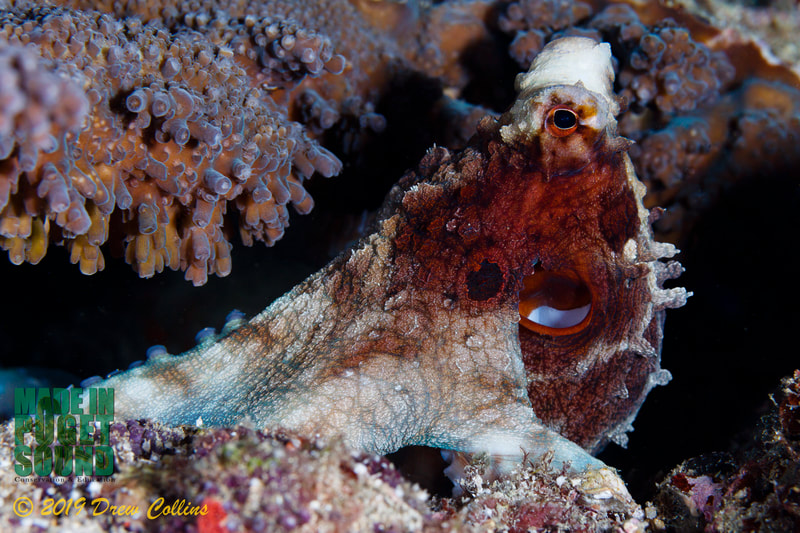
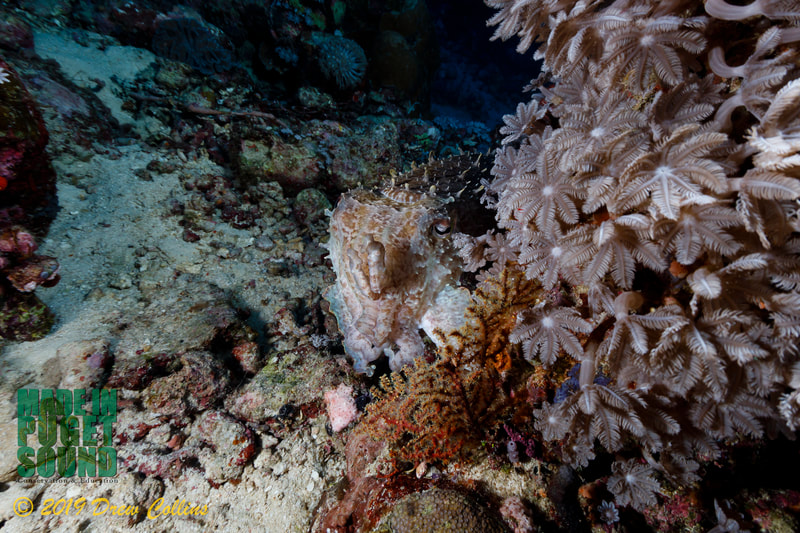
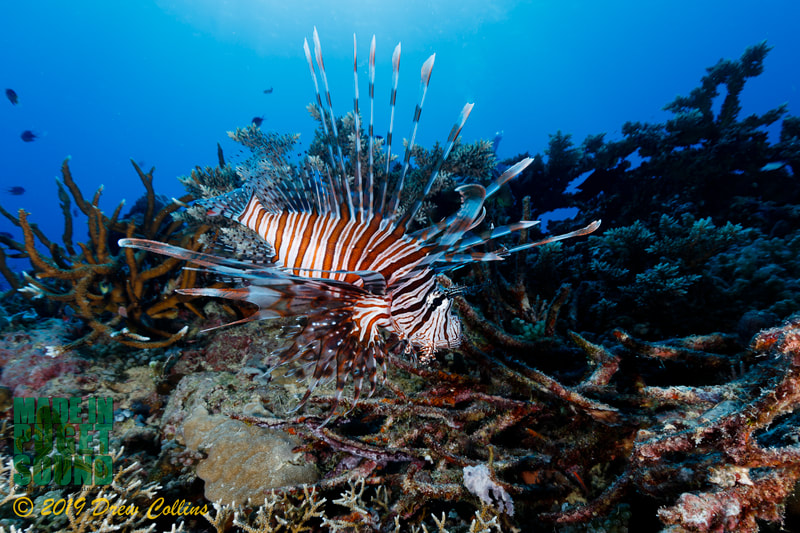
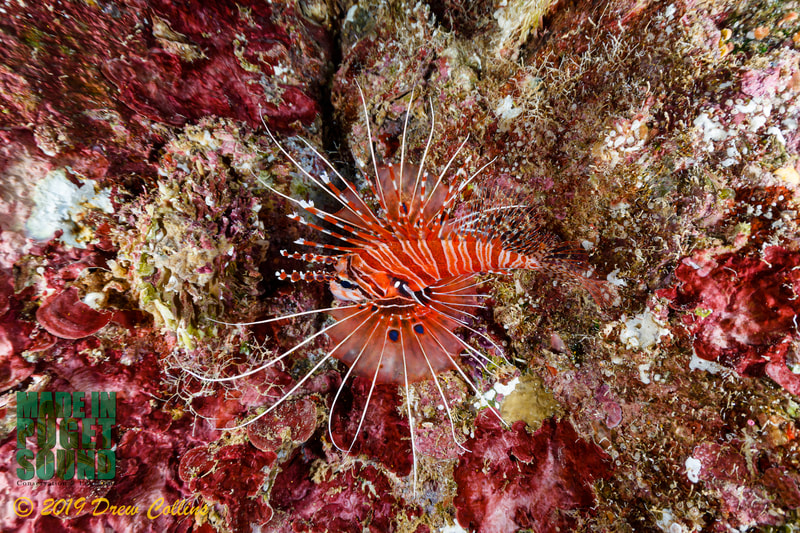
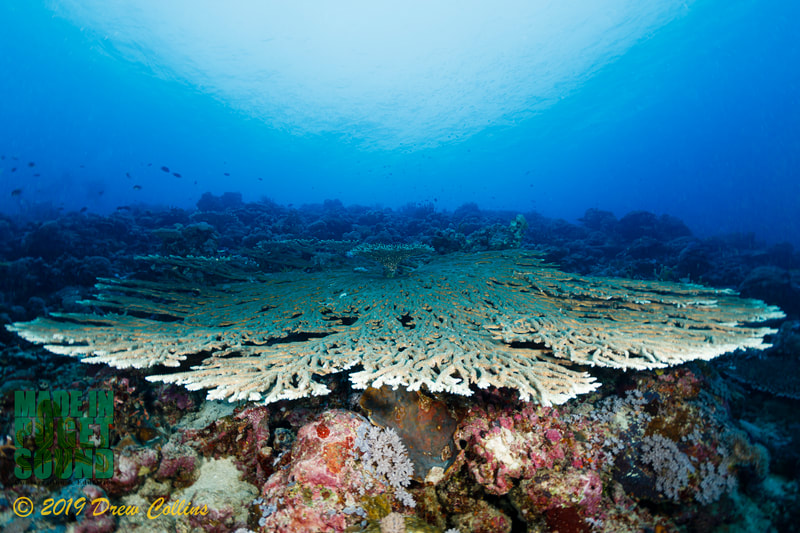
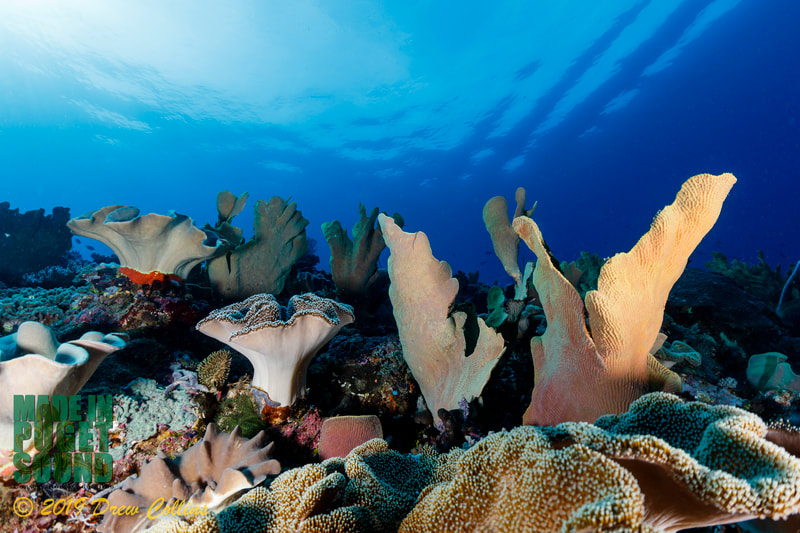
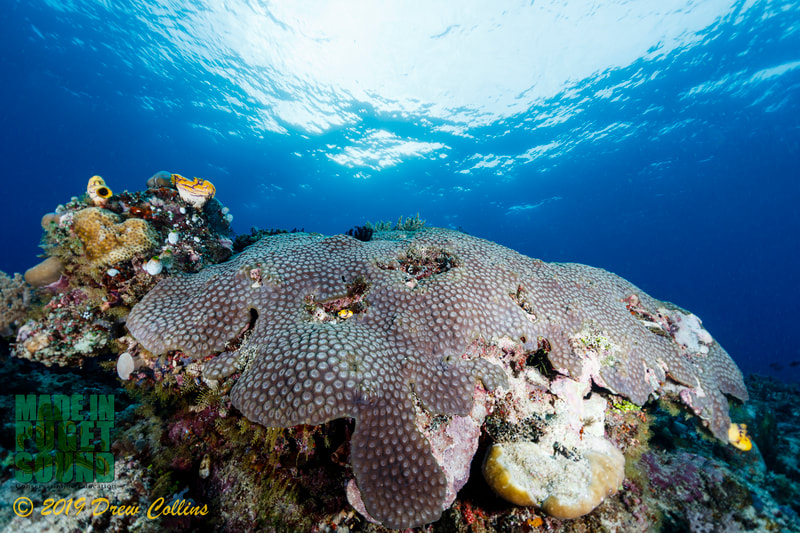
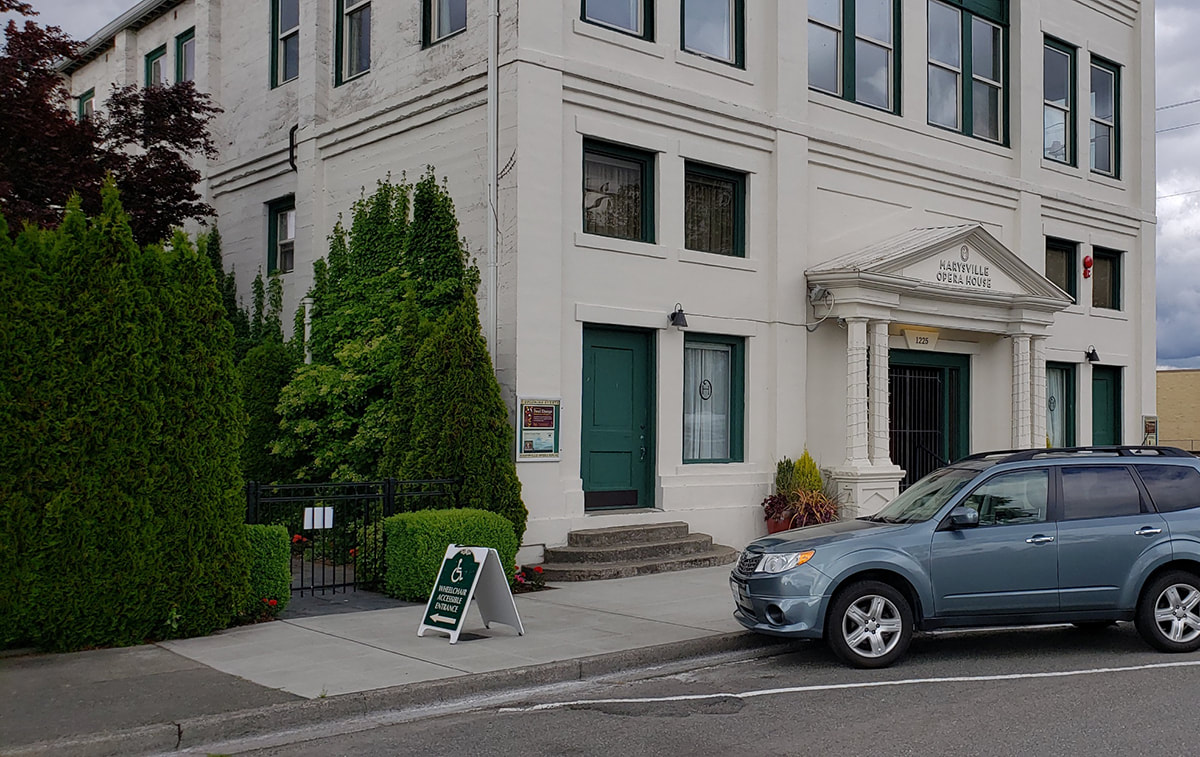
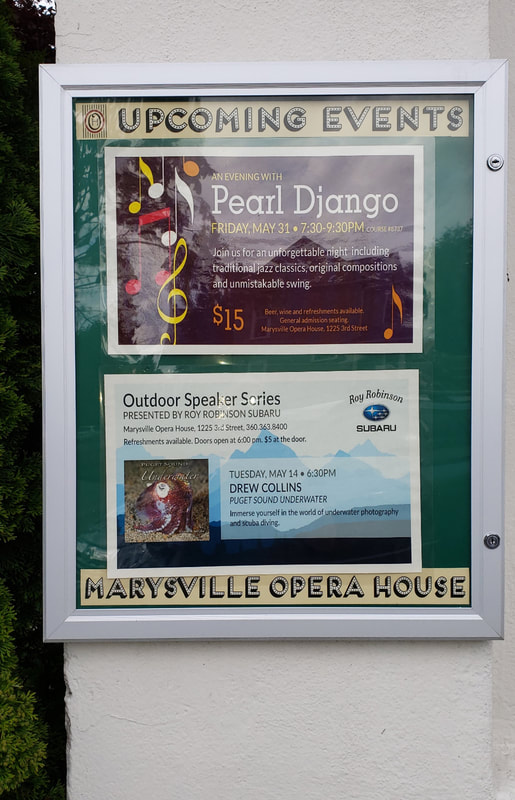
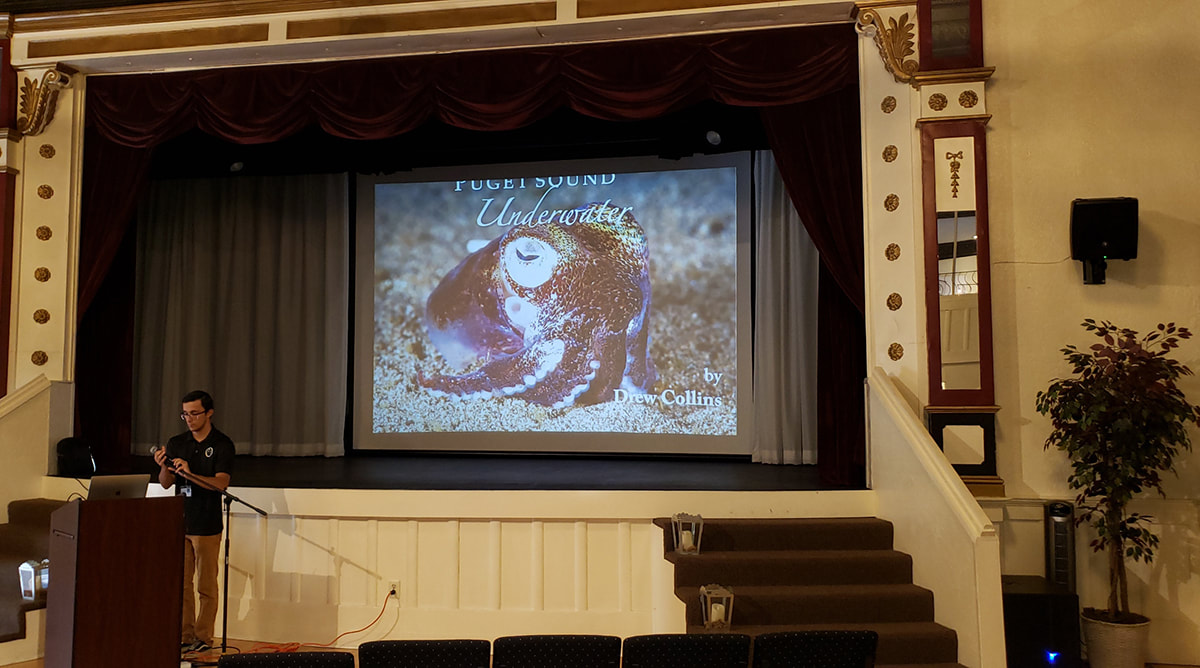
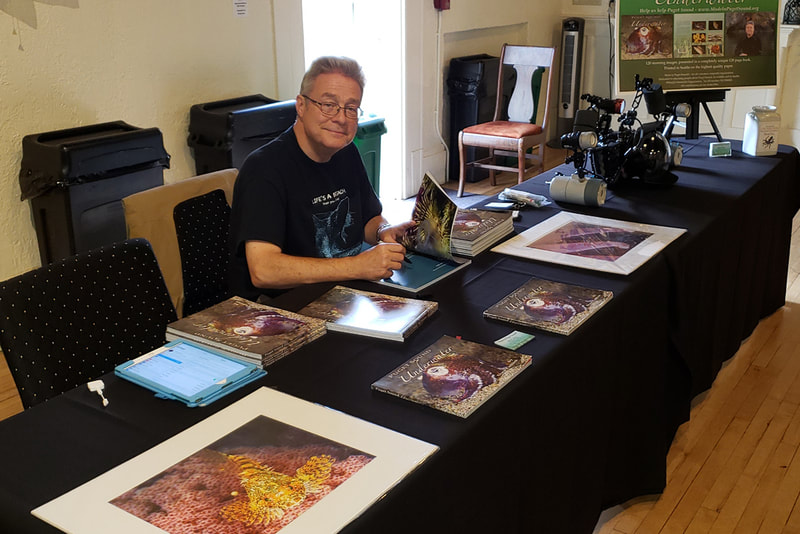
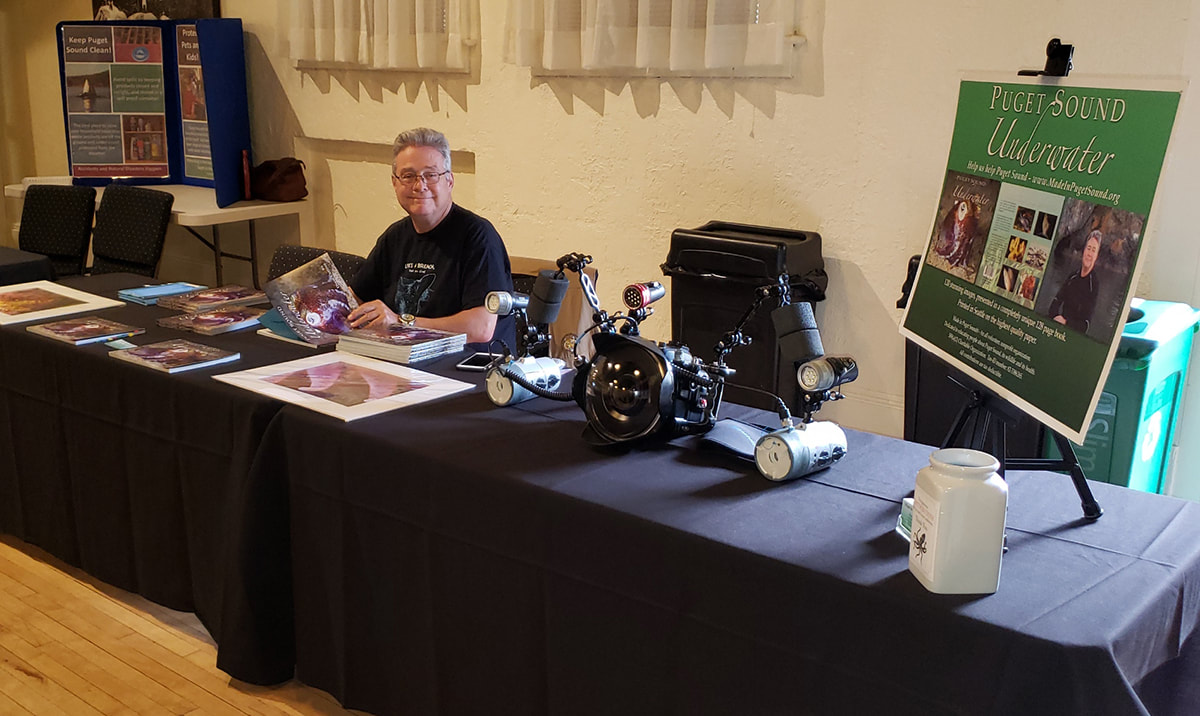
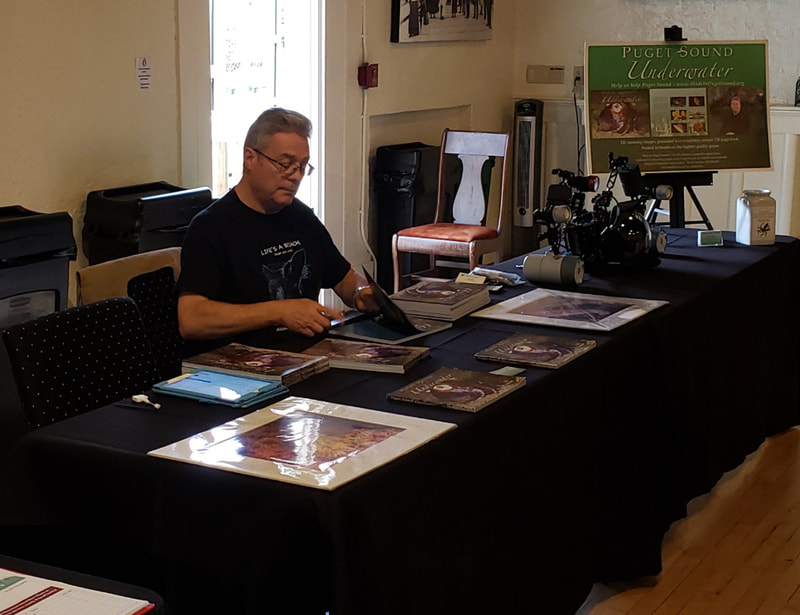
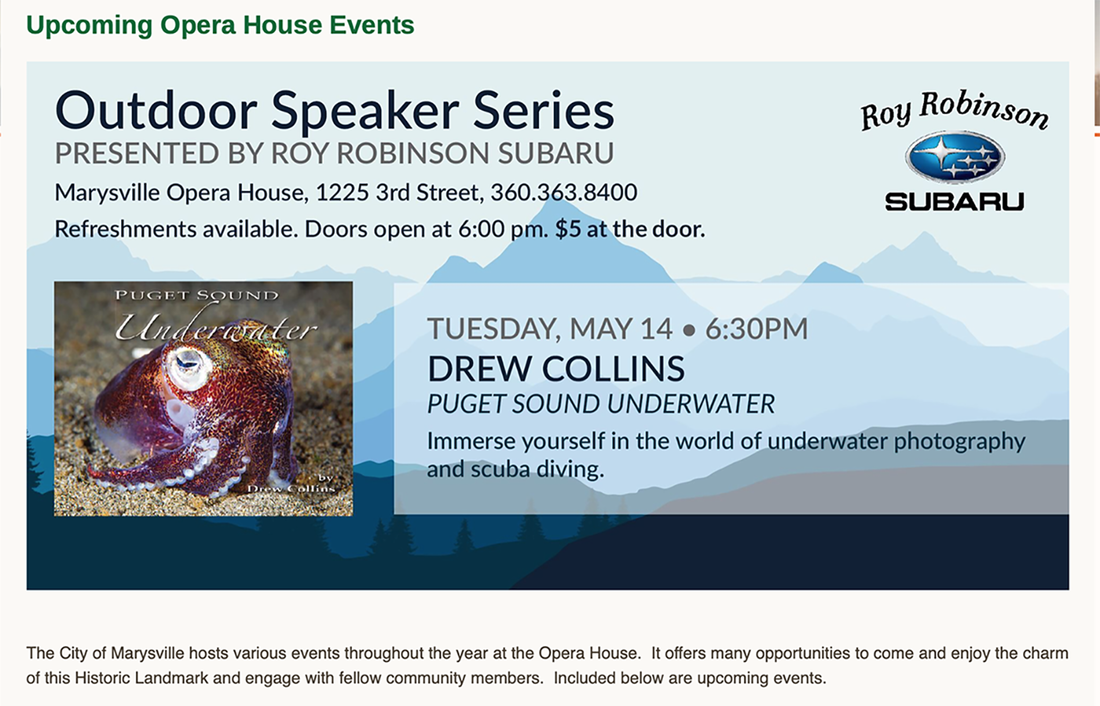
 RSS Feed
RSS Feed